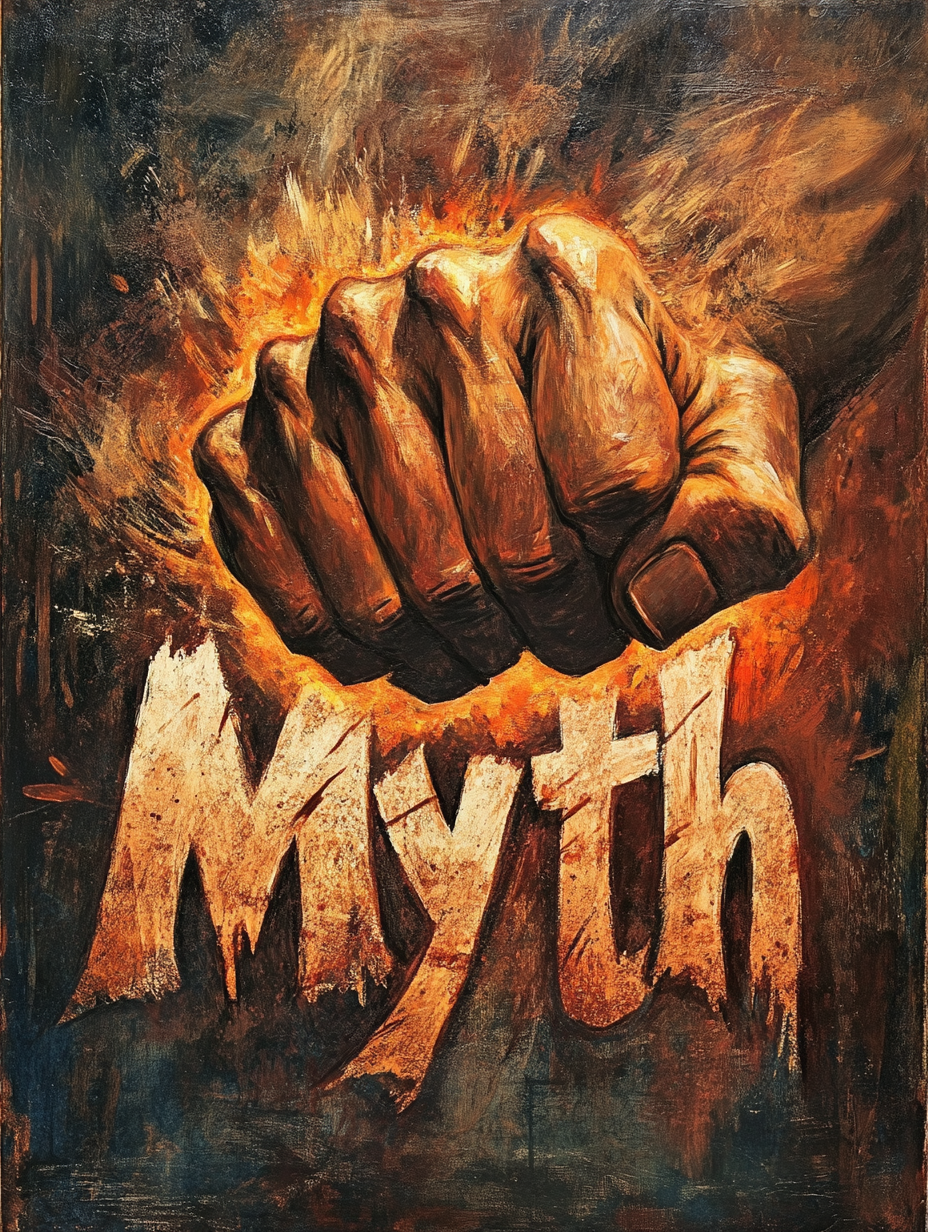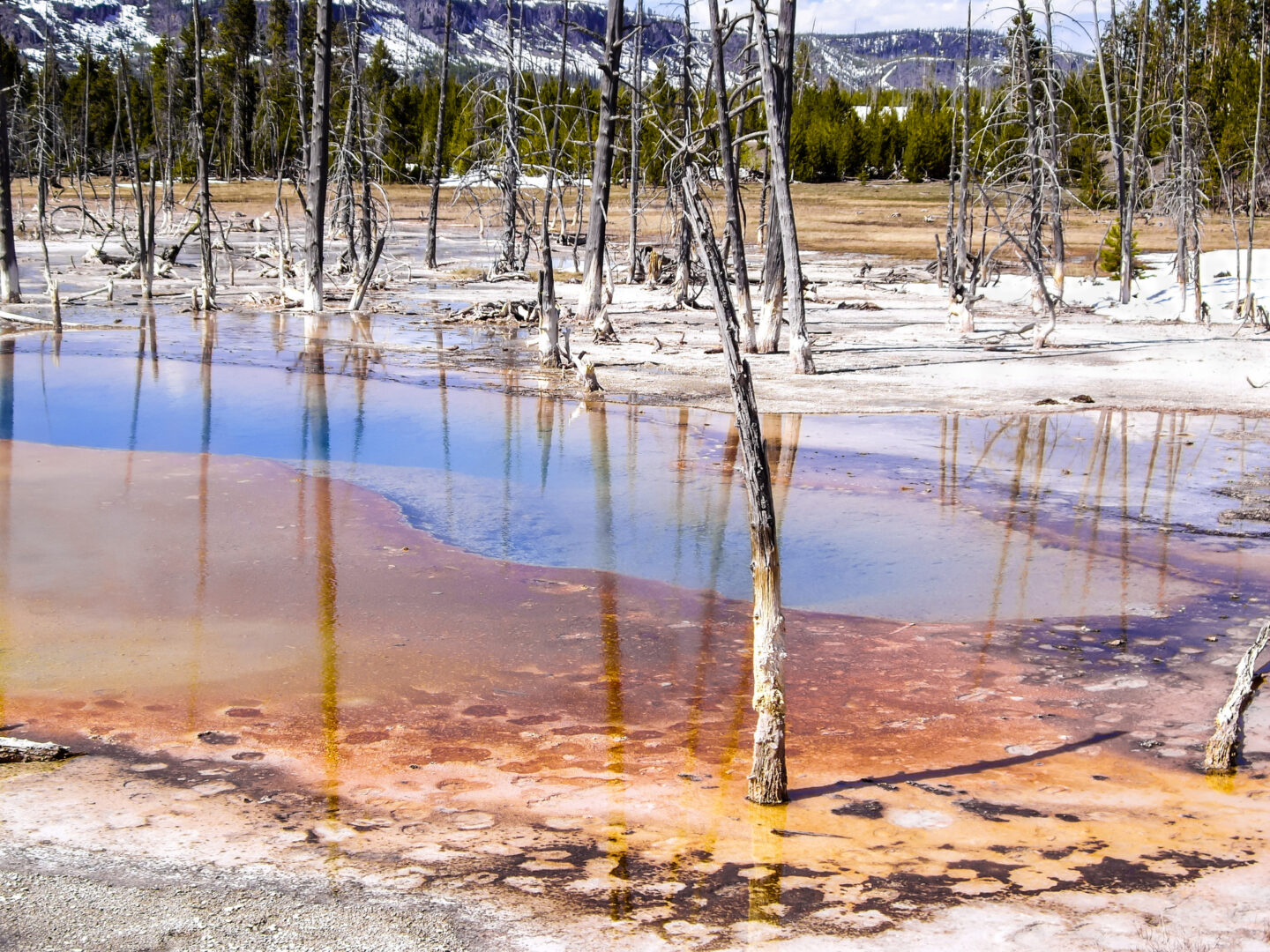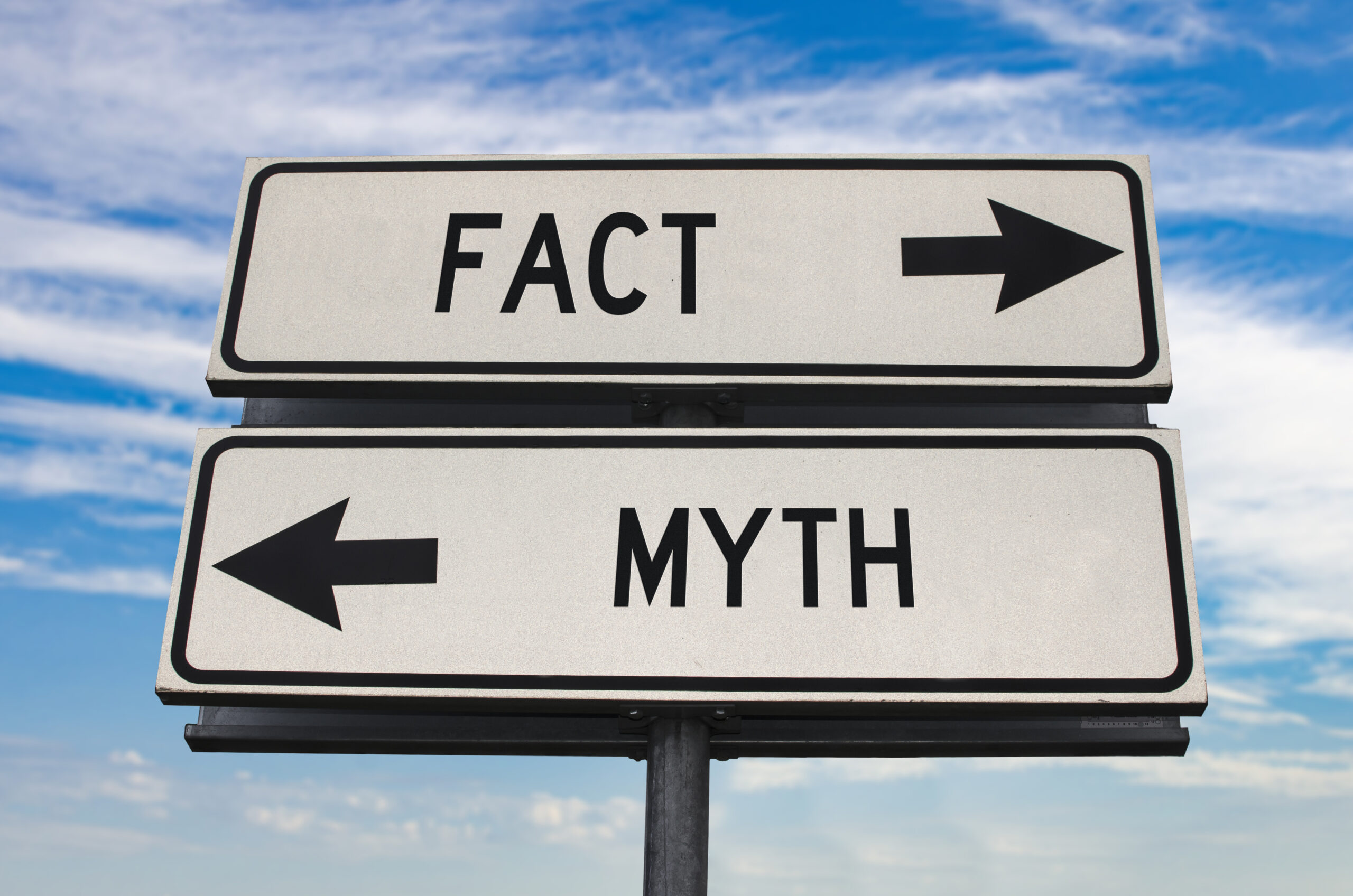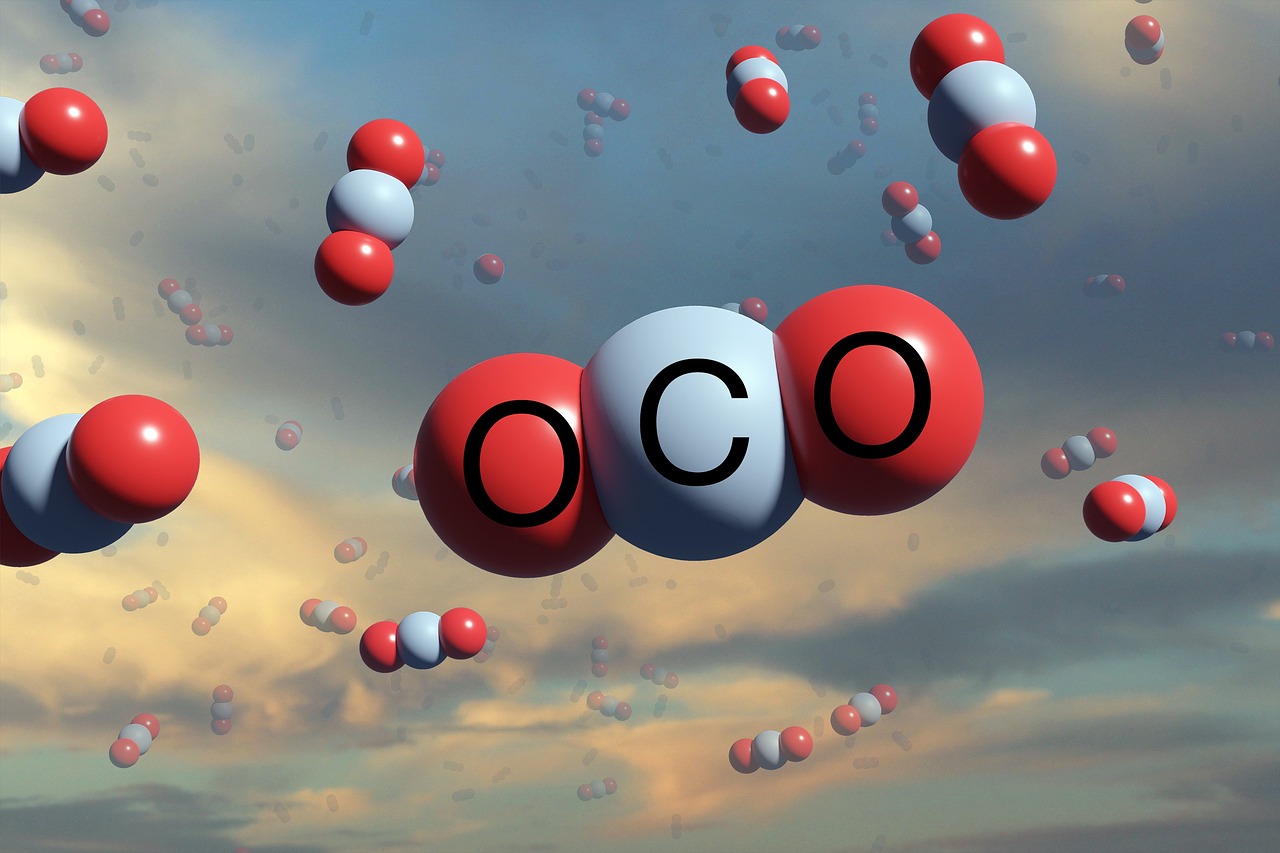
Fact-Checking Series No. 5: Busting Yet Another Myth About Climate Change
Let’s Call a Spade a Spade!
I’m back, busting yet another myth about climate change!
Ever heard of the Competitive Enterprise Institute (CEI)? It’s a “think tank” (a group that shares ideas) that doesn’t believe humans are causing climate change. Sounds wild, right? Even more interesting, they’ve gotten money from groups that don’t like environmental rules, like the Charles Koch Foundation and ExxonMobil. Through 2016, the Lynde and Harry Bradley Foundation contributed over $2.2 million to CEI.—that’s a whole lot of cash!
Now, CEI once published a list basically saying, “People have been predicting environmental disasters since the 1960s, and they’re still doing it today!”
But are these predictions really just nonsense, or do they actually come true? Let’s work on busting yet another myth about climate change!
Let’s Look at One of CEI’s Many Claims: Acid Rain

CEI called acid rain “the problem that wasn’t”—but was it really no big deal? Not at all! Here’s the real story:
A long time ago, factories and cars pumped out nasty pollution into the air. That pollution mixed with rain, creating acid rain, which destroyed forests, poisoned lakes, and even ate away at buildings. Yikes! Scientists warned everyone about it, and guess what? The world listened. Governments created laws to cut pollution, and companies started using cleaner technology. And guess what happened?
Poof! Acid Rain Started to Disappear! 
One of the biggest reasons? The 1979 Convention on Long-Range Transboundary Air Pollution (LRTAP)—aka a super-important international agreement that got countries in Europe, North America, Russia, and former East Bloc nations to team up and fight air pollution together. Thanks to LRTAP:



How Did it Work?
LRTAP has 51 countries working together and includes eight agreements (protocols) that target specific pollutants. It’s part of the United Nations Economic Commission for Europe (UNECE). The United States joined in 1981 and agreed to follow four of the protocols, including:


So, Did It Work? Absolutely! 
In 2012, countries made the rules even stricter—adding limits for tiny air particles (like black carbon, the stuff in soot). Fun fact: The updated Gothenburg Protocol was the first global agreement to fight black carbon! Further, the U.S. signed onto these changes in 2015 and 2017.
The Big Lesson 
Acid rain WAS a real problem—but instead of ignoring it, scientists, governments, and companies worked together to fix it. And guess what? It worked!
So, next time someone tells you “That environmental problem isn’t real!”, ask yourself—are they ignoring the science? Or do they have a reason (like $$$) to say that?
Finally, history tells us one thing: When we take action, we can fix big environmental problems!
Boom, another myth about climate change busted and roasted!
Keep track of past fact-check posts, and stay tuned for more: https://eco-nana.com/category/understanding-science/fact-check/









